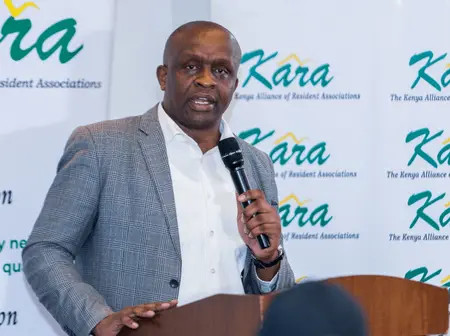The Nairobi River has always been more than a waterway. It has mirrored the soul of our capital—resilient, contradictory, and brimming with unrealized promise. Once clean and sacred, today it bears the scars of unchecked urbanization, mismanagement, and neglect. But the Nairobi River Regeneration Project offers a bold opportunity—not just for environmental recovery, but for civic renewal.
This initiative must be more than a cleanup. It must become a collective movement: an act of national imagination rooted in global inspiration yet guided by the wisdom and voices of local communities. To succeed, we must listen to our citizens and take a leaf from cities around the world that have walked this path before.
There’s no shortage of global success stories. Seoul gave new life to the buried Cheonggyecheon Stream by transforming it into a vibrant linear park that now draws millions. Singapore did the same, naturalizing a concrete canal into a lush river park at Bishan-Ang Mo Kio, turning flood management into family recreation. In Delhi, the Yamuna Riverfront Project revived 1,600 hectares of floodplain into thriving wetlands and biodiversity parks.
These cities succeeded not just through infrastructure, but through inclusive planning and vision. Nairobi can do the same—but our path must remain distinctly Kenyan.
Public participation meetings in areas like Kikuyu, Ondiri, Kangemi, Dagoretti, and Kilimani have revealed two things: a deep reservoir of community creativity, and an undercurrent of apprehension. In Kikuyu and Ondiri—where the Nairobi River begins—locals envision bird-watching towers, parks, and wetland conservation zones. Ondiri Swamp, a carbon sink supporting over 300,000 people and more than 200 bird species, offers a vivid example of what could be preserved and celebrated.
But further downstream, concerns grow louder. Residents in Kangemi and Dagoretti worry about forced evictions, military involvement in landmarking, and opaque consultation processes. These aren’t roadblocks—they’re red flags that demand clarity and genuine dialogue. Communities want to co-author this new chapter; not watch it unfold from the sidelines.
Global lessons provide a blueprint for meaningful engagement. Denmark’s Skjern River restoration shows how technical excellence can coexist with local empowerment, converting a straightened river back into a meandering landscape that delivers ecological and economic returns. The Kissimmee River in Florida reminds us that undoing years of modification can revive biodiversity and climate resilience. And Washington State’s Elwha River project emphasizes a core truth: indigenous and long-standing communities must be central to any successful restoration.
Locally, Kilimani offers a template. The Nairobi River Commission’s recent meeting with the Kilimani Project Foundation (KPF), The Kenya Alliance of Resident Associations (KARA), and other partners tackled the real concerns—sewage, solid waste, flooding, and land management—while acknowledging one vital insight: communication and approach to community engagement will make or break this initiative. The call by community leaders to approach the restoration as a community enhancement initiative, rather than displacement, echoes global wisdom. We must also embrace nature-based solutions. Whether it’s beavers managing floods in Lincolnshire, or bioengineered riverbanks in Singapore, the world is proving that sustainability and innovation can coexist. Nairobi should draw from these examples but adapt them with local ingenuity.
The Nairobi River touches every aspect of our lives—agriculture, health, housing, employment. Done right, its regeneration could restore dignity, create jobs, and transform communities. Done poorly, it could deepen mistrust and fracture the civic spirit.
So let us proceed with conviction, but also humility. Technical brilliance, community partnership, and transparent governance must guide our steps. Consult the experts. Hear the people. Then design a framework where both are honored equally.
Can we create a Nairobi River that reflects our democratic ideals? One that merges environmental renewal with cultural respect. One where the wetlands of Ondiri evoke pride, and the voices of Dagoretti elders, Kilimani leaders, Mathare traders, and Kangemi residents carry as much weight as those of engineers? Yes, it is possible.
Cities across the world have proven it can be done. But this isn’t just about rivers—it’s about how we listen, how we lead, and how we govern. Nairobi doesn’t need another blueprint. It needs a covenant—between the river and its people.
Henry is the Chief Executive Officer of The Kenya Alliance of Resident Associations (KARA)

Leave a Reply